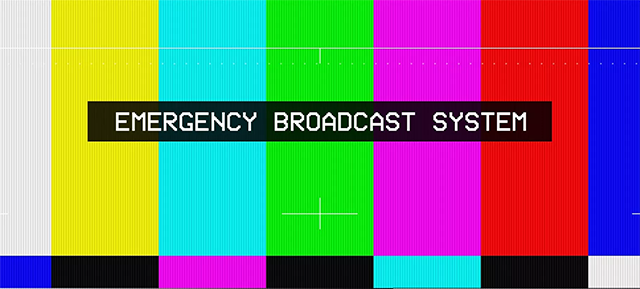
Whenever the people sing in the streets, Los Doggies Dot Com is there to investigate. Years ago we covered the Occupy protests and the Women’s March. Recently, our intrepid musicologists went down to the City (what people from New York call “Manhattan”) to cover the Hands Off protest—a giant parade where you could get your kum-ba-ya-yas out.
For weeks the NGOs put out the call to action, calling for all arrhythmic people to show up armed with the loudest percussion instruments—tambourines, shakers, cowbells—and play them out of time. As usual there was no hand-clapping, not on the ones or any beat, because clapping is ableist and above all, drummist.
Despite the lack of a definite beat, there were plenty of melodies in the air, including the old standbys like “Hey-Ho” and “The People United.” An indie anarchist polka band farted around Madison Square Park (masked up of course). One particular song stood out to us, the popular call-and-answer, “Shut it Down.”
“Shut it Down” goes to half-time feel on the 3rd bar, which is very hardcore. Even without a beat, you can imagine how a metal drummer would feel it—crash cymbals and all.
The key is probably supposed to be F# minor pentatonic (F# A B C# E), but the minor third from the root is so irresistible that the singer hits the D# (borrowed from Dorian), which is pure fusion to our ears. It would sound good over a i IV chord progression. Real trap shit.
Minor thirds are the go-to interval for sports chants and playground teasers. If you want to bridge the gap between the spoken word (or shouted word) and what could reasonably considered a melody, the minor third is the way to go.
Stay tuned for more protest coverage from the street team here at Los Doggies Dot Com.









